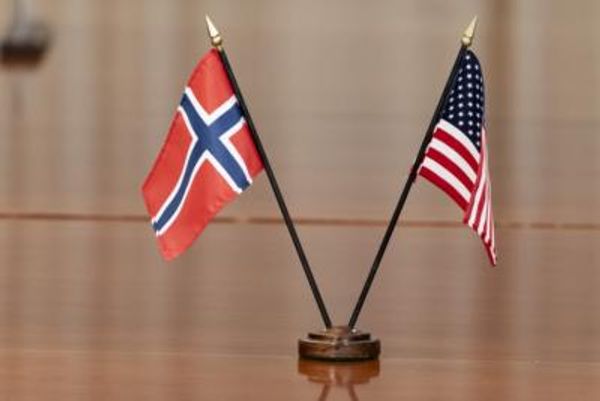This is the age of urbanization. Urban areas now account for 55% of the global population, according to Bank of America analysts.
“While the covid pandemic shifted some urban dynamics, particularly flexible working, it has led to suburbs growing faster than inner urban areas, and thus to sprawling cities,” they wrote in a commentary.
“But the overall urbanization trend is expected to continue.”
By 2030, the UN expects the world to have 43 cities with a population of 10 million or more (versus 31 in 2018). And it estimates that almost two-thirds (66%) of the global population on average will live in cities by 2050, with an 87% urban population in developed countries.
“What is driving this?” Bank of America analysts ask rhetorically. “Continued economic development with wealth and jobs concentrated in urban areas, … coupled with technology and lifestyle factors.” The World Bank estimates that more than 80% of gross domestic product is created in cities.
Here are stocks B of A analysts say will benefit from the urbanization trend.
· D.R. Horton (DHI), the largest homebuilder by closings in the U.S. “The company's acute focus on high-quality, affordably-priced housing positions it extremely well, given the ongoing return of the entry-level/ first-time homebuyer and the strong wave of Millennials reaching prime home-buying age over the next five years,” BofA analysts said.
“We believe the entry-level/first-time homebuyer is a much more need-based consumer than a move-up or luxury buyer, given life events such as marriage and child-rearing that generally necessitate more space.”
· Home Depot (HD), the leading North American home improvement retailer. “Superior strategy and execution have underpinned Home Depot’s market share gains over the last decade, and we believe it will continue to outperform the overall renovation category, which has favorable tailwinds for the near and long term,” BofA analysts said.
“Improvements to productivity and supply chain should help to drive margin improvement, partially offset by near-term investments to drive future growth and deepen Home Depot's competitive moat.”
· UDR (UDR), an apartment real estate investment trust with more than 52,000 units. “UDR is a strong operator with diverse exposure to urban and suburban (31%/69%), as well as [Class] A and B assets across higher rent growth, infill markets,” BofA analysts said.
“UDR's national mix with Coastal and Sunbelt markets positions the REIT well, given current migration trends”
Further, “UDR offers a strong affordability appeal,” the analysts said. “Based on current rents versus the cost of home ownership, it is 45% less expensive to rent than own across UDR markets versus 35% pre-covid.”







